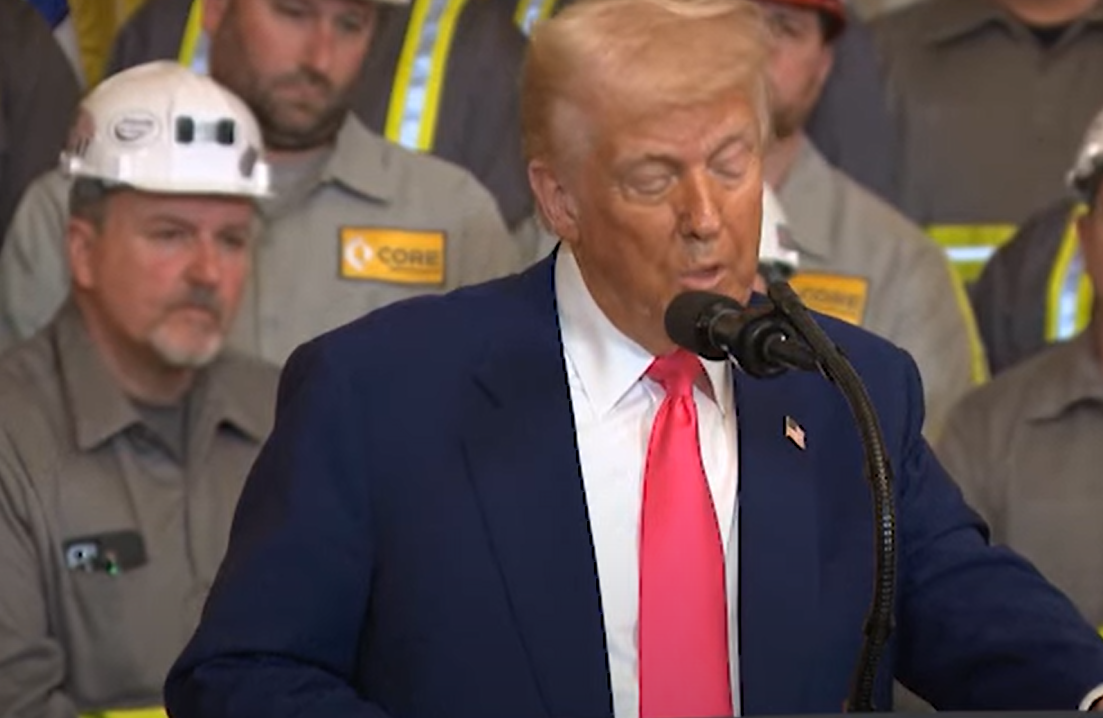U.S. Coal Industry — What It Means for Jobs, Energy & the Environment is not just a headline—it signals a bold energy policy shift that could reshape America’s future. With the rise of AI and surging power demands, Trump’s latest executive orders aim to bring coal back to the center of the nation’s energy strategy. But how does this affect jobs, the environment, and long-term U.S. energy plans?
What Exactly Did President Trump’s Executive Orders Do?
These new executive orders signed on April 8, 2025, are part of a sweeping energy revival plan. Here’s what they include:
- Lifting federal restrictions on coal mining, especially on public lands
- Reclassifying coal as a “strategic mineral” to speed up federal leasing
- Authorizing reactivation of dormant coal-fired power plants
- Reducing EPA oversight to accelerate coal-based energy production
These actions are positioned as a fast-track solution to growing national energy needs, particularly due to AI server farms and electric vehicle infrastructure.
U.S. Coal Industry, Will These Orders Really Create Jobs? A Look at the Economic Impact
One of the most promoted benefits of the coal comeback is job creation. Let’s examine the reality with updated figures:
| Metric | Year 2000 | Year 2023 | Post-Order Potential |
|---|---|---|---|
| Total Coal Jobs | 86,000 | 39,000 | Estimated +12,000 |
| Coal’s Share of U.S. Power | 50% | 17.8% | Target: 25% |
| Cost per MWh (Coal) | $102 | $85 | Still higher than solar/wind |
While Trump’s plan may create or save up to 12,000 jobs, experts argue that many of these jobs are short-term and dependent on subsidies or deregulation. Modern mines are also heavily automated, meaning fewer workers are needed.
Why Is This Happening Now? Understanding the Energy Demand Surge
America’s energy grid is under growing pressure from the following:
- AI infrastructure: Data centers require constant 24/7 energy supply
- EV expansion: By 2030, over 40 million EVs are expected in the U.S.
- Manufacturing boom: Semiconductor factories and steel plants are ramping up under domestic revival policies
According to the U.S. Department of Energy, national power demand will grow 30% by 2030, with peak usage rising sharply. Coal provides base-load reliability, which is a key reason the administration is pushing its revival despite cleaner alternatives.
U.S. Coal Industry, What Are the Environmental Risks of Reviving Coal?
Bringing coal back means rolling back climate progress. Coal is one of the most carbon-intensive energy sources, and its return could:
- Increase U.S. greenhouse gas emissions by over 200 million tons/year
- Trigger higher levels of sulfur dioxide and mercury pollution
- Lead to a rise in public health issues like asthma and heart disease
Environmental groups and scientists warn that coal revival will set back clean energy goals by decades, even as solar and wind are already outpacing coal in new project costs and adoption.
How Are Americans Reacting to This Policy?
The country is sharply divided. A national poll (Pew Research, April 2025) revealed:
- 48% support the coal revival for job and energy security
- 42% oppose due to environmental and health concerns
- 10% are undecided or want more information
This split reflects deeper national debates on economic growth vs. environmental responsibility. Energy policy could once again become a defining issue in upcoming elections.
Comparing Coal vs. Clean Energy in 2025
The key differences, here’s a side-by-side snapshot:
| Category | Coal | Clean Energy (Solar/Wind) |
|---|---|---|
| Emissions | High (CO₂, SO₂) | Very Low |
| Cost per MWh | $85–$102 | $20–$40 |
| Job Creation | Limited, specialized | Fast-growing sector |
| Reliability | High base-load | Weather-dependent |
| Public Support | Divided | Growing majority |
This comparison shows that while coal offers short-term energy stability, clean energy continues to dominate in long-term cost, job growth, and climate resilience.
What Happens Next? A Critical Turning Point for U.S. Energy Policy
President Trump’s executive orders have already taken effect. Several energy companies have applied for federal leases, and three coal plants previously scheduled for closure have suspended shutdowns. If energy demand keeps rising, coal might serve as a backup—but most experts believe it won’t outcompete cleaner alternatives over time.
Meanwhile, environmental litigation is expected. Legal experts predict lawsuits against the EPA and Department of Energy could delay or block some measures.
Conclusion: Will Coal Power the Future or the Past?
President Trump’s executive orders mark an aggressive push to revive the U.S. coal industry at a time of soaring energy demand and political division. While they could temporarily boost jobs and power output, their environmental and economic sustainability remains uncertain.
Key Takeaways:
- Coal jobs may increase, but automation limits long-term impact
- Coal still costs more per MWh than solar and wind
- The U.S. energy grid is under pressure from AI, EVs, and manufacturing
- Environmental consequences could be severe and irreversible
America’s energy future is at a crossroads—balancing reliability with sustainability, and tradition with innovation.
[USnewsSphere.com / tg]





